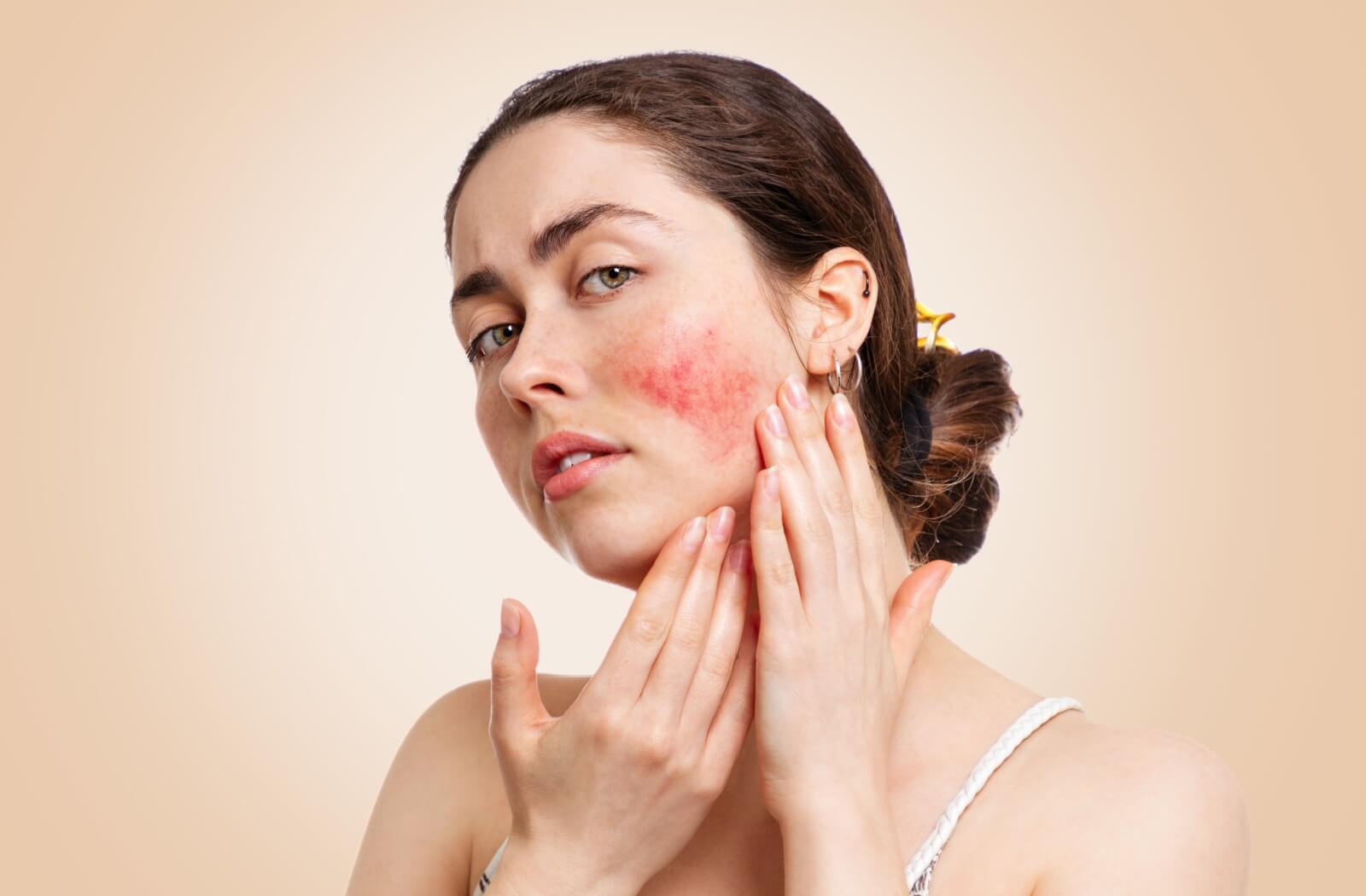If you suspect you have blocked meibomian glands, the first step is to consult with an eye care professional. Blocked meibomian glands, often caused by meibomian gland dysfunction (MGD), can lead to dry, irritated eyes.
Fortunately, many treatments, such as specialized therapies and lifestyle changes, are available to help restore the proper function of your glands and alleviate your discomfort.
Understanding Your Meibomian Glands
Meibomian glands are tiny glands in your eyelids that produce the oil (meibum) that forms part of your tear film. This oil is critical in keeping your eyes lubricated by preventing tears from evaporating too quickly. Proper lubrication of the eyes helps maintain eye comfort, clear vision, and overall eye health.
When meibomian glands become blocked, they’re unable to secrete enough oil into the tear film, leading to increased tear evaporation. Over time, this can cause dry eyes, irritation, and inflammation.
Factors like age, hormonal changes, certain medications, and wearing contact lenses can also contribute to blocked glands. Understanding how these glands work and why they can become clogged is essential for managing symptoms and maintaining eye health.
Blocked meibomian glands can also be caused by environmental factors such as excessive screen time, which decreases blink rates, or exposure to dry or windy conditions. Inadequate eyelid hygiene can also lead to gland dysfunction, causing the oils to thicken and harden, further obstructing the glands.
What is Meibomian Gland Dysfunction (MGD)?
Meibomian Gland Dysfunction (MGD) occurs when the meibomian glands don’t function properly due to blockages or the secretion of poor-quality oil. When the oil can’t flow freely, this leads to an unstable tear film, causing symptoms like dryness, irritation, and blurred vision. Over time, MGD can result in chronic discomfort and even damage to the surface of the eye.
MGD is one of the most common causes of dry eye disease. Factors like aging, hormonal changes, and prolonged contact lens wear can increase risk. Early diagnosis and treatment of MGD are key to preventing long-term damage and maintaining healthy eyes.
What is Dry Eye?
Dry eye occurs when your eyes don’t produce enough tears or when those tears evaporate too quickly, leading to a lack of proper lubrication. This condition can cause symptoms such as redness, burning, itching, and even blurry vision. Dry eye can be uncomfortable and impact daily activities such as reading, computer use, or driving.
There are many potential causes of dry eye, ranging from environmental factors to underlying health conditions. Age, hormonal changes, medications, and extended screen time are common contributors. If left untreated, dry eye can lead to more serious eye issues, including inflammation and damage to the eye’s surface.
The Difference Between MGD & Dry Eye

While Meibomian Gland Dysfunction (MGD) and dry eye are closely related, they’re not actually the same condition.
MGD refers specifically to the malfunction of the meibomian glands, which leads to inadequate oil production for the tear film. Tears evaporate too quickly without enough oil, resulting in dry, irritated eyes.
On the other hand, dry eye is a broader term that encompasses any condition where the eyes don’t stay properly lubricated. Dry eye can be caused by insufficient tear production, poor tear quality, or, as is the case with MGD, rapid evaporation of tears due to a lack of oil. Therefore, while MGD is a common cause of dry eye, not all cases of dry eye are due to MGD.
The primary distinction lies in the root cause: MGD is a structural issue with the oil-producing glands, whereas dry eye can result from various factors affecting any part of the tear-production process. Understanding this difference is important for identifying the correct treatment approach.
MGD and dry eye require careful diagnosis and personalized treatment plans to manage symptoms effectively. If left untreated, they can cause chronic discomfort and, in severe cases, damage the eye’s surface. That’s why seeing an eye care professional for proper diagnosis and management is crucial.
Treating MGD
Approaches to treating MGD include:
- IPL Therapy: Intense Pulsed Light (IPL) helps reduce inflammation and clear blockages in the meibomian glands, improving oil flow.
- LipiFlow: This device applies heat and gentle pressure to the eyelids to unclog the meibomian glands, restoring oil production.
- BlephEx: A specialized cleaning procedure that removes debris and bacteria from the eyelids to improve overall eyelid hygiene and function.
Treating Dry Eye
Approaches to treating dry include:
- Prescription Eye Drops: Lubricating drops or medications like Restasis or Xiidra increase tear production and reduce inflammation.
- Punctal Occlusion: Involves inserting tiny plugs into the tear ducts to reduce tear drainage and increase moisture in the eyes.
- BlephEx: A treatment that removes bacteria and debris from the eyelids, reducing inflammation and improving tear quality.
- LipiFlow: A combination of heat and pressure to clear blocked meibomian glands and improve the oil layer of the tear film.
- Intense Pulsed Light Therapy: IPL reduces inflammation and helps clear clogged meibomian glands, improving tear quality.
- TempSure Envi: Radiofrequency therapy that stimulates collagen production around the eyes, helping improve eyelid function and tear production.
Note that some of these treatments are appropriate for both dry eye and MGD.
Other Causes of Blocked Meibomian Glands
Other conditions besides MGD can also lead to blocked meibomian gland. Chronic blepharitis, rosacea, and poor eyelid hygiene can all contribute to gland dysfunction. Certain medications and environmental factors, like exposure to dry air or long hours of screen time, can also block the glands. Addressing the underlying cause is essential to managing symptoms effectively.
Find Relief for Your Vision
At Watson Dry Eye Center, we specialize in diagnosing and treating conditions like MGD and dry eye to help you achieve optimal eye health. If you’re experiencing discomfort or suspect you have blocked meibomian glands, contact us today to schedule an appointment and explore effective treatments designed just for you.

























